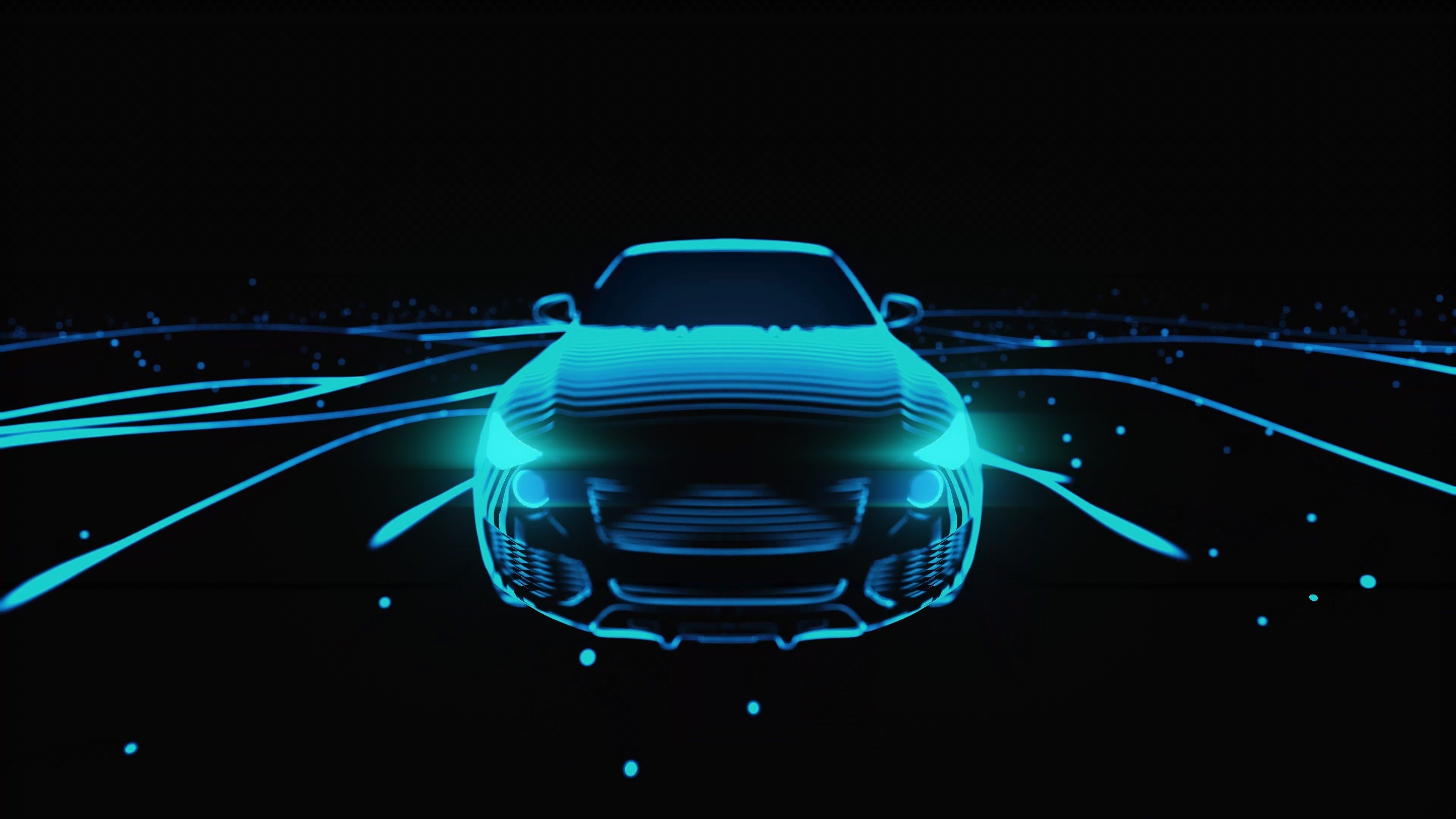- 23 February 2023
- Trina Watt
Ray tracing in graphics technology is now enjoying mainstream success across desktop and console platforms and at Imagination, we believe it is time to bring its benefits to mobile. As well as providing end users with more realistic visuals, it also simplifies the workflow for developers, saving them time by removing the need to spend large amounts of time manually placing lights in a scene – place a single light source into a scene and ray tracing handles lighting automatically and dynamically. It also provides instant feedback on how a scene will look, giving them more time back to refine their work.
Imagination’s most recent GPU, IMG DXT, boasts ray tracing hardware but also supports Fragment Shading Rate, a feature that is designed to enable developers to perform less shading work on particular render targets, thus freeing up GPU performance for other effects. Having this feature available can transform the ability of developers to deploy ray-traced graphics in their games.
DXT’s design means that device manufacturers can offer incredible ray tracing performance for flagship mobile devices. However, thanks to its scalable design, which can offer ray tracing in various sizes, DXT can also cater for mainstream devices that can be delivered at more affordable price points.
Customers interested in area efficiency can deploy the likes of a DXT-8-256 with a half Ray Acceleration Cluster (RAC), securing 8 GTexel/s and 256 GFLOP performance (a 20+% boost in performance density over previous generations), and 216 MRay/s.
This is only 60% of the area of our standard ray tracing solution but it’s worth noting that whatever the amount of ray tracing taken, all our solutions sit at Level 4 on the Ray Tracing Level System (RTLS), which ensures high efficiency and the optimal utilisation of the available hardware. You can read more about the Ray Tracing Levels System elsewhere on our blog.
At the other end of the scale, for premium devices where high-end performance is everything, the DXT-72-2304 offers a massive 72 GTexels/s and 2.25 Teraflops of computing power and delivers the option to have up to three RACs and 1.3 GRays of ray tracing performance.
The Ray Acceleration Clusters are part of the Photon Architecture that was announced with our CXT GPU, the first GPU IP to offer hardware acceleration for ray tracing. A RAC consists of tester units which are used to search for rays that intersect with objects in a 3D space; then we have our schedulers and ray tracing store which allows us to do our ray traversal in hardware. Finally, we also have coherency gathering in hardware which analyses all active rays and creates groups of coherent rays to test against the scene together. This is a unique, patented technology that encourages parallel testing to match the parallel nature of the GPU more closely, resulting in higher efficiencies.
In addition to the extended scalability of its RACs, DXT also features new technology based on the VK_KHR_fragment_shading_rate extension. The fragment shading rate (FSR) refers to the number of times the fragment shader is run. Reducing this means the GPU has to do less work, thus lowering power consumption, and when used effectively delivers almost no drop in image quality. With FSR the scene is split up into “zones”, with different shader execution rates applied to each one. Developers can use one of the following three methods to specify shading rate: by pipeline (draw call), by primitive, and by attachment.
This gives developers control over where to invest the GPU performance to maximise the visual impact within mobile power constraints. It is, therefore, up to the developer to choose how aggressively to use FSR. If objects are far away or the background is far away, they may use the fragment shader once every 16 pixels. If the objects are detailed and much closer, they run at the standard one-fragment shader to one pixel. A “medium” mode of a 1x2 or 2x1 pixel grid array will result in up to 50% power savings.
Importantly for ray-traced scenes, FSR means that fewer rays need to be sent into the scene, and when combined with denoising comparable visual effects can be achieved at a much lower power cost or on more area-efficient hardware, such as the half-RAC configuration on a DXT-8-256. The combination of FSR and ray tracing brings greater graphics realism across a wider range of performance points, making ray tracing in mobile a reality for everyone.






